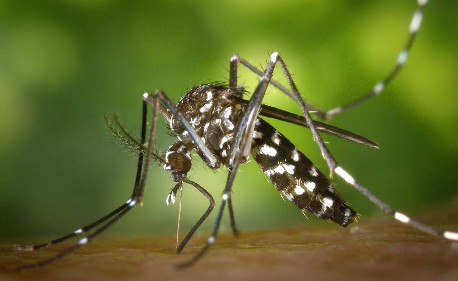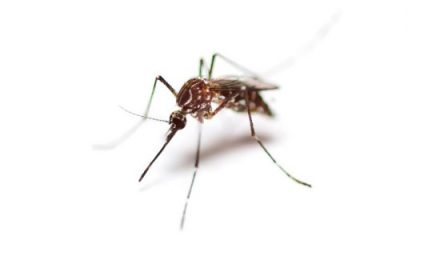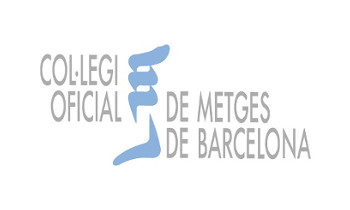José Ramón Calvo exposes the danger of the bites of these insects, capable of transmitting dangerous diseases

Dr. José Ramón Calvo – Dr. Francisco González
José Ramón Calvo, full academician of the Royal European Academy of Doctors-Barcelona 1914 (RAED), president of its Institute of International Cooperation and member of the Academy of Sciences, Engineering and Humanities of Lanzarote, delivered on December 11 in this last institution the conference “Mosquitos, vectores de enfermedades mortales” (Mosquitoes, vectors of deadly diseases), in which alerted of the danger of the bites of these insects, beyond their annoyance.
Doctor of Medicine and professor at the University of Las Palmas de Gran Canaria, the academician began his speech by reviewing the main diseases that mosquitoes can transmit: malaria, zika, dengue fever, chicungunya, Nile fever, leishmaniosis, yellow fever, encephalitis of La Crosse or filariasis. There have also been cases of coinfection of several of these diseases in a single bite. Fortunately, this only occurs in areas where these diseases exist, although the presence of tiger mosquitoes in Europe is the clearest proof that the means of transport can transfer thousands of kilometres of both species of insects and diseases that can inoculate with their bites.
 Despite their discomfort and danger to humans, Calvo said that mosquitoes play a role in their ecosystems, such as pollination or the food chain. As for its capacity to transmit deadly diseases, which can also be considered a natural function, the academician highlighted how each year they currently kill some 750,000 people or infect about 200 million people with malaria. Also, thousands of babies are born with microcephaly by the Zika infection of their mothers.
Despite their discomfort and danger to humans, Calvo said that mosquitoes play a role in their ecosystems, such as pollination or the food chain. As for its capacity to transmit deadly diseases, which can also be considered a natural function, the academician highlighted how each year they currently kill some 750,000 people or infect about 200 million people with malaria. Also, thousands of babies are born with microcephaly by the Zika infection of their mothers.
The academician stopped in the examination of three species of particularly dangerous mosquitoes: the Aedes, the Culex and the Anopheles, analysing their diverse strategies. After that, he pointed out the main methods of prevention against his bites to conclude with the analysis of diseases such as malaria or malaria and their presence in the different continents.




